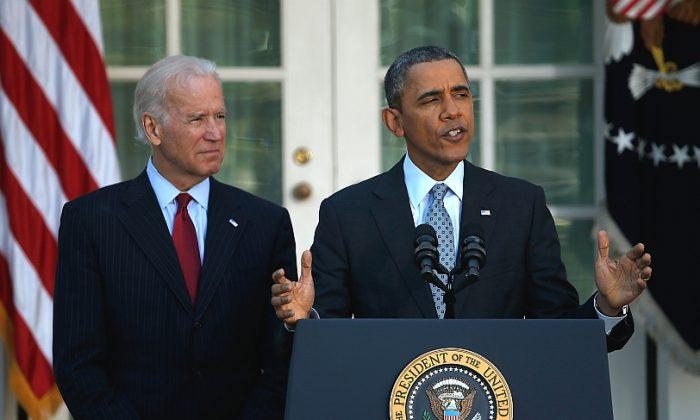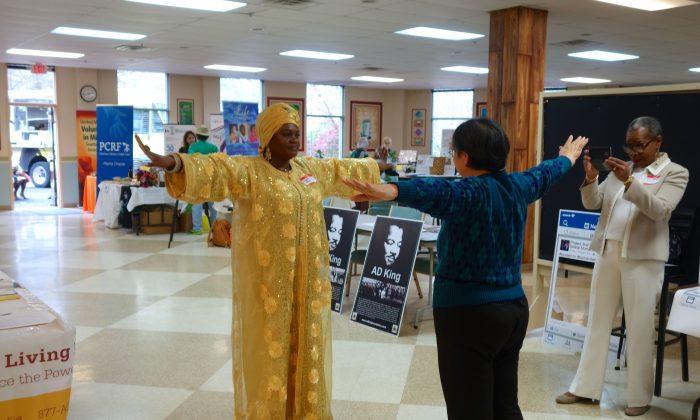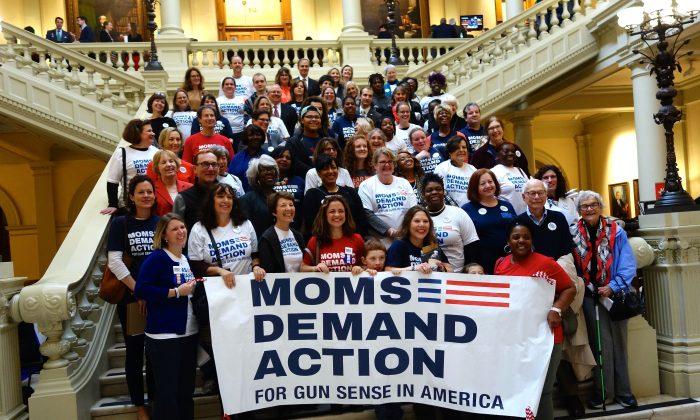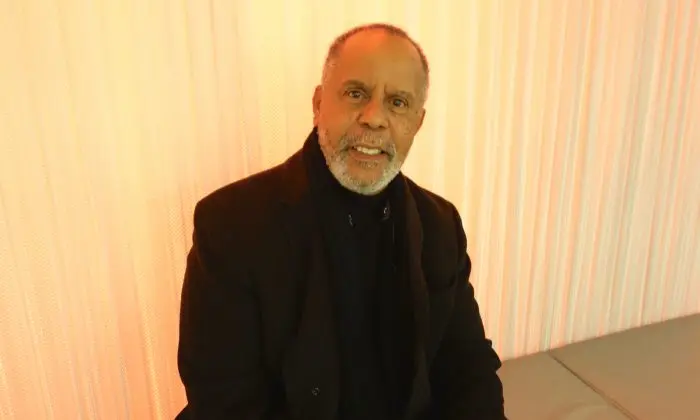President Barack Obama sounded annoyed as he challenged his opponents to “stop fighting old political battles that leave us gridlocked,” and work together to make the Affordable Care Act “even better.”
Obama spoke in the Rose Garden Tuesday, with Vice President Joe Biden at his side. It was the conclusion of a difficult journey—the end of the first open enrollment period for uninsured people to get health insurance on the new federal and state health care exchanges. It started Oct. 1, 2013 and ended March 31, with a little latitude for some people. The next enrollment period will be smaller, from Nov. 15, 2014 to Feb. 15, 2015.
Over 7 Million Sign Up
Before the president’s speech, the White House sent an email: “The numbers are in: more than seven million Americans—7,041,000 to be exact—have signed up for private health insurance.” The Office of Management and Budget used that number to estimate the cost of federal tax subsidies. When the first enrollments in October were low due to the dysfunctional federal website, the number became a point of contention. Was it a goal, was it not a goal, would it be met, would those who signed up pay their premiums, all became fodder for partisan disputes. The numbers are expected to rise as state exchanges report their sign-ups and as those who could not complete the process on the last day finish the process.
The president had a few words for the press, too. He said he could guarantee that the website would not work one day in the future, and he could guarantee they would put it on their front pages. On Monday, the last day of enrollments, the website went down and later moved applicants into a virtual waiting room, where they had the options to browse plans, to make a call to talk to a person, to find in person help in their area, or to leave an email in order to be contacted later. That was indeed on front pages Tuesday.
Tall Tales
Obama said he does not understand why people oppose health care reform so stubbornly. “Change is hard,” he said. “Fixing something that’s broken is hard. Why are people working so hard for people not to have health insurance?”
He scorned what he said were tall tales about the horrors of the Affordable Care Act. “There are still no death panels.” That concept was a distortion of a provision to cover doctors consulting with patients about what kind of treatment they would want for end of life care, or if they became incapacitated.
Meanwhile, a blizzard, jammed phone lines, and unreliable websites failed to stop throngs of procrastinating Americans from trying to sign up for health coverage by the midnight Monday deadline for Obama’s signature domestic policy initiative.
In Louisiana, wait times for callers lasted up to two hours. Blue Cross Blue Shield of Tennessee received nearly 1,900 calls by midday compared with about 800 the previous Monday. And in California, where enrollments surged toward the Obama administration’s original projection of 1.3 million, the deadline day volume forced the state exchange to switch off a key function on its website and encourage people to finish their applications in the days ahead.
Across the nation, the interest in getting health insurance and avoiding a federal tax penalty was made clear in interviews with enrollment counselors and consumers.
A 90 Minute Line
“I have not had a physical in over 15 years,” said Dionne Gilbert, a 51-year-old uninsured woman from Denver who waited in a 90-minute line to get enrollment assistance. “I told myself, ‘You need to do this. Your daughter loves you and needs you.’”
The months ahead will show whether the Affordable Care Act will meet its mandate to provide affordable health care coverage or whether high deductibles, paperwork snags, and narrow physician networks make it a bust.
In Washington, the law’s supporters already have their sights on Version 2.0—fixes for the next open enrollment season commencing Nov. 15.
The advocacy group Families USA, which has backed Obama’s overhaul from its inception, plans to release a 10-point package of improvements Tuesday that it says the administration can carry out without the approval of Congress. Among the recommendations: more face-to-face sign-ups, coordinating enrollment with tax-filing season to better show the consequences of remaining uninsured, eliminating penalties for smokers as California has done, and improving coordination between the exchanges and state Medicaid programs.
“Clearly, the first enrollment period also informed us about different areas where improvements can be made,” said Ron Pollack, the group’s executive director.
The Associated Press contributed to this report.






Friends Read Free